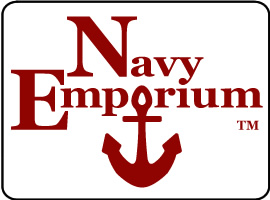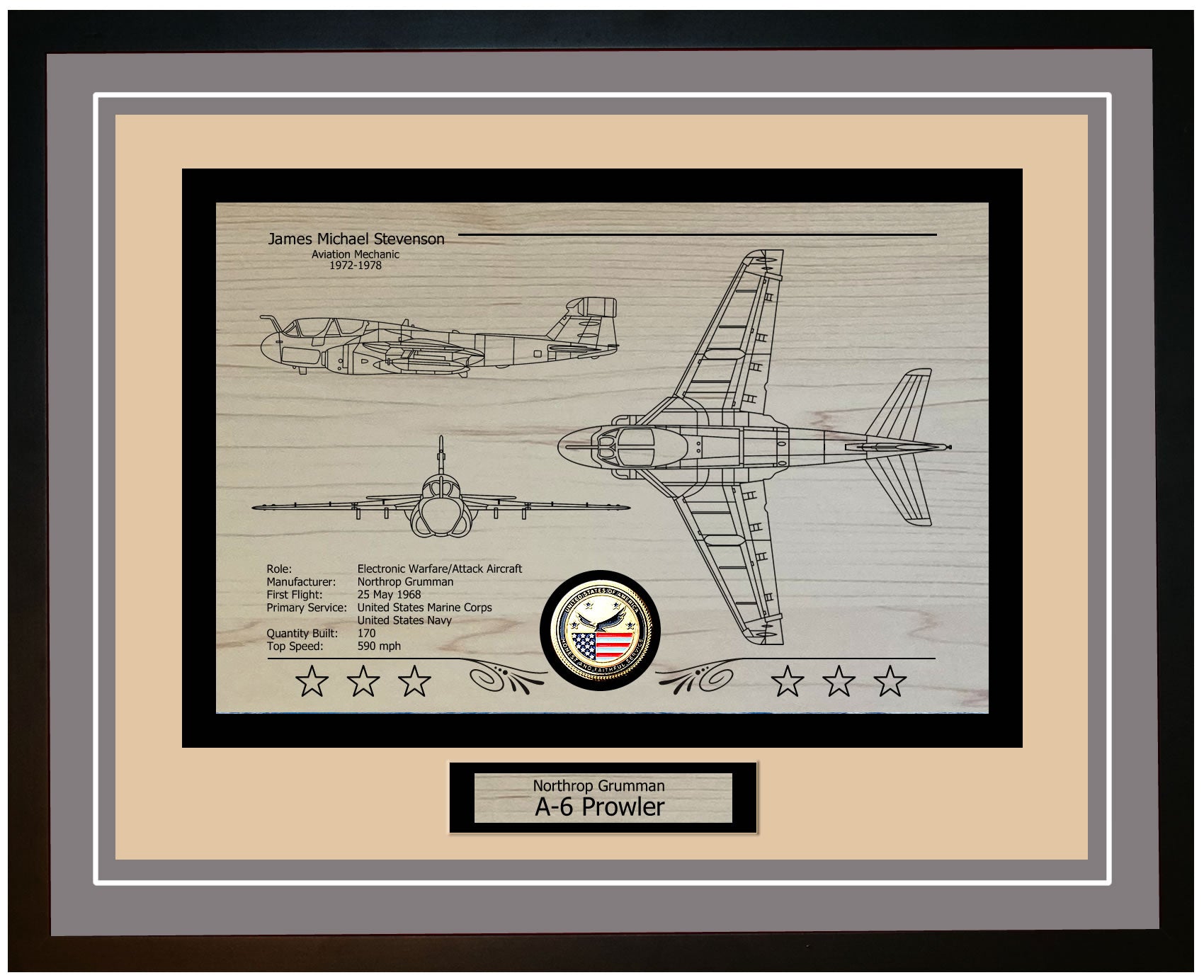The USS Laning (DE 159) was a Buckley-class destroyer escort built during World War II to strengthen the U.S. Navy's fleet and enhance its anti-submarine warfare capabilities. Construction began on March 9, 1943, at the Norfolk Navy Yard in Portsmouth, Virginia. The ship was launched on May 30, 1943, and officially entered service on August 1, 1943. The USS Laning was part of an effort to rapidly expand the Navy’s capabilities, particularly in protecting Allied shipping routes from the growing threat of German U-boats.
Named in honor of Lieutenant Commander Harris Laning, a distinguished officer who demonstrated exceptional courage and dedication during World War I, the ship bore the legacy of his achievements. Laning's outstanding service in the Navy made him a fitting namesake for the vessel, reflecting his esteemed reputation within naval circles.
One of the key features of the USS Laning was its advanced sonar and radar systems, which were crucial for its role in submarine warfare. These systems allowed the ship to effectively detect and engage enemy submarines, ensuring the safety of Allied ships. Additionally, the vessel was equipped with depth charge projectors, hedgehog anti-submarine mortars, and torpedoes, further bolstering its anti-submarine capabilities.
During World War II, the USS Laning played a significant role in convoy protection and submarine operations. It helped safeguard vital Allied shipping routes across the Atlantic, ensuring the safe transport of troops and supplies. The success of the USS Laning and other destroyer escorts of the Buckley class highlighted the importance of these ships in the war effort, influencing naval ship designs and strategies for years to come.
The Buckley-class destroyer escorts, including the USS Laning, were designed to be efficient, cost-effective vessels. Though smaller than traditional destroyers, they were heavily armed and excelled in speed and maneuverability, making them ideal for their specialized duties. Their primary missions included convoy protection and hunting enemy submarines, where their advanced technology and specialized training proved invaluable.
After being commissioned, the USS Laning underwent extensive training to prepare its crew for the demanding duties ahead. Once ready, the ship deployed to its primary theater of operations, where it contributed significantly to the Navy's efforts during World War II. The commissioning and deployment of the USS Laning were vital components of a broader strategy to strengthen the U.S. Navy and improve its capabilities during this critical phase of the war.
USS Laning DE-159: A Deep Dive into the Structure, Technology, and Firepower of a Naval Guardian
This vessel measured 306 feet in length, with a beam of 36.75 feet and a draft of 9 feet 5 inches. Its compact design enabled it to easily navigate both open seas and more confined coastal areas. The hull, constructed from welded steel, provided the durability necessary for the demanding operations it faced. The ship's superstructure was strategically designed to optimize visibility and operational efficiency, with a bridge that offered a commanding view of the surrounding waters.
Equipped with advanced technology for its time, the USS Laning was powered by two General Electric turbo-electric drive engines, which generated 12,000 shaft horsepower. This powerful propulsion system allowed the ship to reach speeds of up to 23 knots, making it well-suited for escort missions and anti-submarine operations. The ship's radar and sonar systems included the SL surface search radar and QCE 1 sonar, both essential for detecting enemy submarines and surface vessels. These cutting-edge technologies were instrumental in the ship's success in convoy protection and combating submarine threats.
The USS Laning was heavily armed to defend itself and its convoy from threats both in the air and at sea. Its primary armament featured three 3-inch/50 caliber dual-purpose guns, capable of engaging both aircraft and surface targets. Additionally, the ship was equipped with four 1.1-inch/75 caliber aircraft guns and eight 20mm Oerlikon cannons, forming a robust defense against aerial attacks. These weapons were strategically positioned around the vessel to ensure swift and effective responses to any threats.
The ship’s impressive submarine warfare capabilities were also key to its mission of safeguarding convoys and hunting enemy submarines. The USS Laning was armed with a Hedgehog anti-submarine mortar, capable of launching a spread of 24 bombs ahead of the ship to increase the likelihood of striking a submerged submarine. The ship also carried depth charge projectors and racks, allowing it to deploy charges at various depths to target enemy submarines. Thanks to these specialized submarine weapons and advanced sonar systems, the USS Laning played a crucial role in protecting the Atlantic and Pacific theaters from the submarine threat, contributing significantly to the success of Allied missions during World War II.
USS Laning DE-159 Crew Member Reports of Time Aboard
USS Laning DE-159: Evolution of a Naval Guardian
The USS Laning (DE 159) underwent multiple upgrades throughout its service to ensure its continued effectiveness within the U.S. Navy. Initially commissioned as a Buckley-class destroyer escort, the ship was equipped with advanced sonar and radar systems for anti-submarine warfare (ASW) at the time. Over the years, the USS Laning received several key enhancements, including upgraded sonar capabilities, more advanced radar systems, and improved weaponry. These improvements significantly boosted its ability to detect and engage enemy submarines, solidifying its role in convoy protection and ASW missions.
The primary mission of the USS Laning was to serve as an escort vessel, protecting convoys from submarine and air threats during World War II. Its versatile armament, including depth charges, Hedgehog anti-submarine mortars, and torpedoes, made it a formidable force in ASW operations. Additionally, the ship’s speed and maneuverability enabled it to respond quickly to emerging threats, making it invaluable in both the Atlantic and Pacific theaters. The Laning also demonstrated its versatility by taking part in search-and-rescue missions and supporting amphibious landings.
During World War II, the USS Laning played a crucial role in numerous operations, particularly in safeguarding vital supply convoys across the Atlantic. Its mere presence deterred enemy submarines, ensuring the uninterrupted movement of essential supplies and personnel. The Laning was also involved in the Normandy invasion, where it provided critical support during the D-Day landings. Its effective anti-submarine warfare operations helped neutralize the U-boat threat, greatly aiding the Allied war effort and contributing to victory in Europe.
After its wartime service, the USS Laning continued to serve in the U.S. Navy through the Cold War years. With ongoing upgrades and constant readiness, the ship adapted to the evolving global landscape. It participated in various training exercises and fleet maneuvers, helping maintain the Navy’s preparedness during a time of rising global tensions. The USS Laning’s lasting legacy highlights its adaptability, durability, and essential role in both wartime and peacetime operations, securing its place in naval history.
USS Laning DE-159: Guardian of the Seas and Silent Sentinel of Valor
The USS Laning (DE 159) made significant contributions to key missions during World War II, demonstrating the versatility and strength of the Edsall-class destroyer escorts. Commissioned in 1943, the primary responsibility of the Laning was to escort convoys across the Atlantic Ocean, ensuring the safe transport of troops, supplies, and equipment to Europe. During these critical missions, the ship’s anti-submarine capabilities were tested as it protected convoys from U-boats. The Laning’s crew displayed exceptional skill and vigilance, playing a crucial role in delivering essential resources that supported the Allied war effort.
Beyond convoy escort duties, the USS Laning was actively engaged in combat and operations. One of its key roles was during the Battle of the Atlantic, where it participated in submarine patrols. Using advanced sonar technology and conducting depth charge attacks, the ship was instrumental in neutralizing enemy submarines and safeguarding vital shipping routes for the Allies. As the war progressed, the Laning was reassigned to the Pacific theater, where it played a vital role in campaigns such as those in the Philippines. In this new theater, the ship provided critical support during amphibious landings and defended against surface and aerial threats, showcasing its adaptability and effectiveness in various combat scenarios.
Throughout its service, the USS Laning received numerous awards, recognizing its exceptional contributions to the war effort. These accolades included the American Campaign Medal, the European-African-Middle Eastern Campaign Medal with a battle star, and the Asiatic-Pacific Campaign Medal. These honors not only acknowledged the ship’s participation in key missions but also highlighted the crew’s resilience and determination in challenging circumstances. The unwavering commitment of the crew and the ship’s outstanding performance were pivotal in earning these recognitions.
The legacy of the USS Laning (DE 159) is one of dedication and significant contribution to the Allied victory in World War II. Its deployments across war zones and critical roles in operations underscored the vital importance of destroyer escorts in naval warfare. The awards bestowed upon the ship and its crew stand as lasting tributes to their bravery, commitment, and valor. As a vessel that navigated perilous waters with distinction, the USS Laning embodies the spirit of the United States Navy.
USS Laning DE-159 Ship Specifications
| Specification | Details |
|---|---|
| Class | Buckley Class Destroyer Escort |
| Commissioned | August 1, 1943 |
| Displacement | 1,740 tons |
| Length | 306 feet |
| Beam | 36.9 feet |
| Draft | 10.6 feet |
| Speed | 24 knots |
| Complement | 213 |






